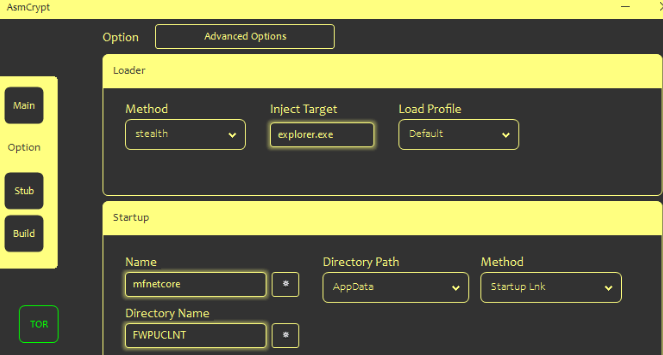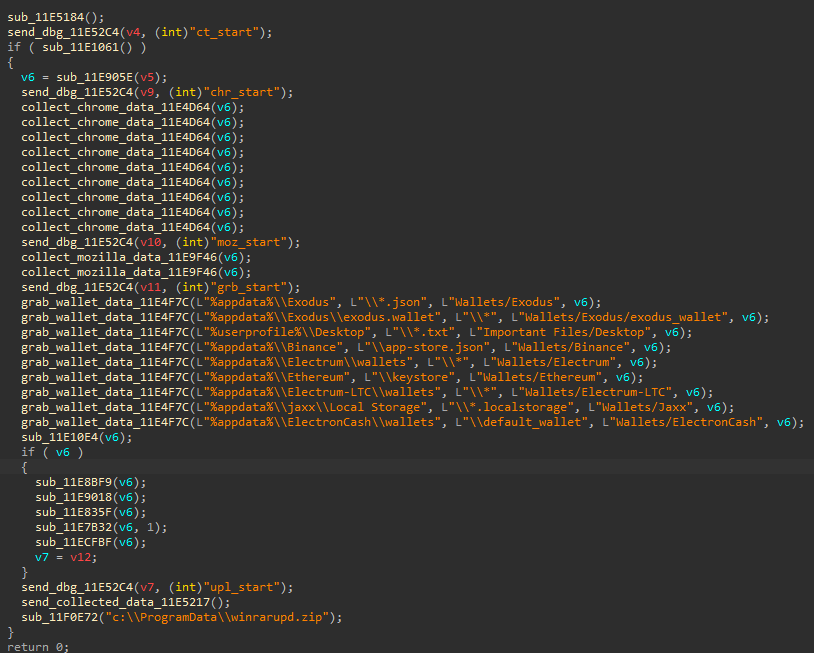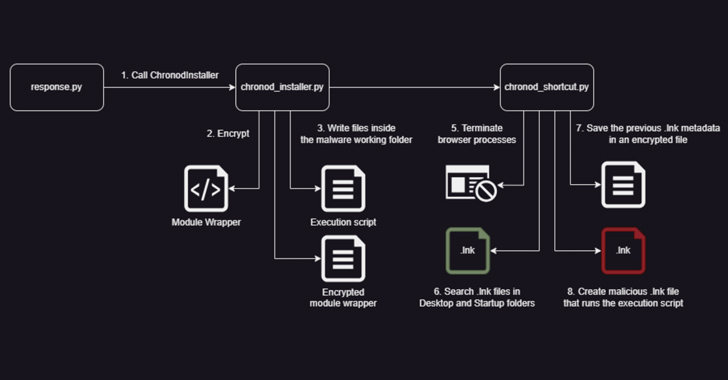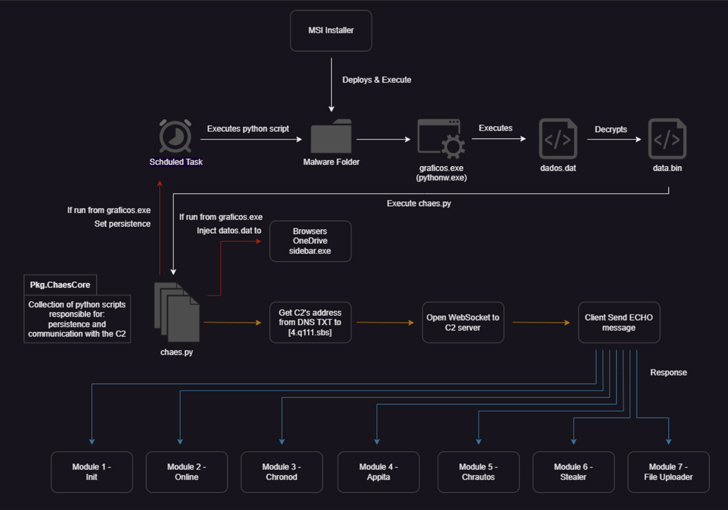GoldDigger Android trojan targets Vietnamese banking apps, code contains hints of wider targets • The Register
Singapore-based infosec outfit Group-IB on Thursday released details of a new Android trojan that exploits the operating system’s accessibility features to steal info that enables theft of personal information.
The security research outfit wrote that the trojan, named GoldDigger, currently targets Vietnamese banking apps – but includes code suggesting its developers plan wider attacks. Between June 2023, when it spotted GoldDigger, and late August, Group-IB identified 51 financial organization applications targeted by the trojan. The security form is unsure how many devices have been infected, or how much money has been stolen.
The malware makes its way onto devices after users visit fake websites that manipulate them into downloading the app. Once installed, GoldDigger requests access to Android’s Accessibility Service – the feature designed to assist users with disabilities by allowing apps to interact with each other and modify the user interface.
Permission to use the Accessibility Service means GoldDigger can monitor and manipulate a device’s functions and view personal information such as banking app credentials and the content of SMS messages, and send that info to command-and-control servers. A code snippet found by the researchers suggests the malware attempts to bypass two factor authentication, and is designed to fool banking apps that it is making legitimate transactions.
“We have not confirmed that the Trojan operators use these capabilities at the time of writing. However, based on the behavior of other known Trojans similar to GoldDigger, we don’t think they differ significantly,” explained Group-IB.
“We are definitely observing a significant increase in the Android malware strains abusing the Accessibility Service. For Android malware trends, there is a noticeable shift away from the traditional use of web fakes,” Sharmine Low, malware analyst at Group-IB, told The Register. Low said using the Accessibility Function was a “much more invasive approach compared to generating individual web fake files for each specific target.”
GoldDigger’s developers have left clues that their ambitions may reach beyond Vietnam. The malware includes translations…







